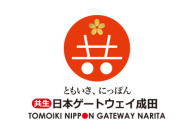‘It’s a wine I’d naturally recommend to a younger audience’
In search of a truly distinctive Nebbiolo – with enhanced “purity and freshness” – Piedmontese producer Enrico Rivetto is embracing ancestral winemaking techniques: long macerations and spontaneous fermentation in amphorae.
Enrico says the family's biodynamic wine, Nebbiolo d’Alba Vigna Lirano, was born from a desire to explore the grape in its most essential form – stripped of external influences, and as unmediated as possible – by using amphorae.
“Vigna Lirano came about partly out of curiosity, partly out of play. In several Italian regions – Friuli, Sicily, Abruzzo – long macerations in amphora have long been a tradition, so I started experimenting myself, especially considering Nebbiolo’s natural ability to age well,” Enrico explains.
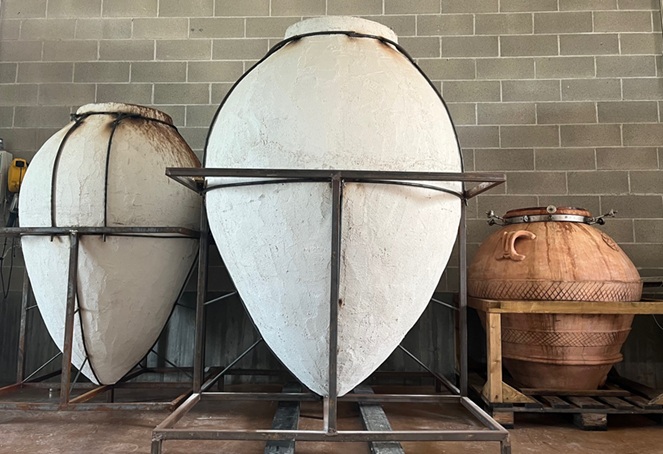
Enrico’s thinking was that clay, one of the oldest materials used in winemaking, allows for gentle oxygenation – unlike stainless steel – yet preserves the varietal character of the grapes without adding aromas or flavours (unlike oak). In addition, the extended skin contact enables the formation of refined tannin chains, lending complexity to the Nebbiolo.
Considerable time was devoted to experimenting with different types of amphorae (above) to identify the most suitable vessel – starting with traditional Tuscan terracotta jars, then moving on to 1,500-2,000L Georgian qvevri.
“We’re also experimenting with local clay,” Enrico adds. “Last year, with the help of a local artisan, we created our first amphora from Lirano clay, sourced from 50 metres underground during vineyard work. We’ve just started testing it, and we’ll see how it performs.”
Vigna Lirano
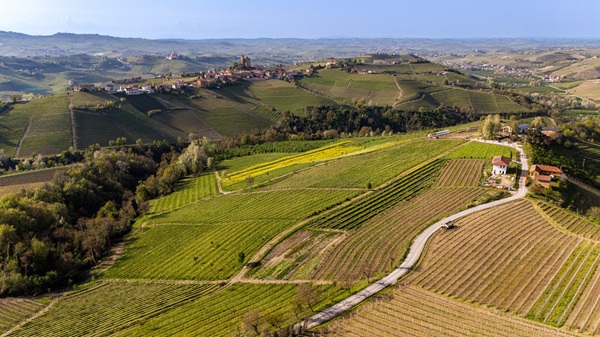

The Lirano hillside is a biodynamic garden in the Barolo area, nestled between the hills of Sinio and Serralunga d’Alba. It’s a complex ecosystem where vines coexist in harmony with 5km of biodiversity corridors, 200 fruit trees, medicinal herbs, cereal fields, and around 1,000 tall trees and mixed hedges.
Once submerged under the sea, Lirano is a magnetic hill with a unique mesoclimate. The soils, marked by Lequio formations, are rich in grey marl and yellow sand, which retain rainwater deep underground and support the vines’ balanced development.
At about 400m above sea level, with good ventilation and optimal sun exposure, the mesoclimate helps to produce wines with intense aromas and natural freshness.
“Vigna Lirano is a truly representative vineyard,” Enrico says. “For this Nebbiolo in amphora, we chose a specific plot of just over 1ha, located in the highest and most beautiful part of the hill.”
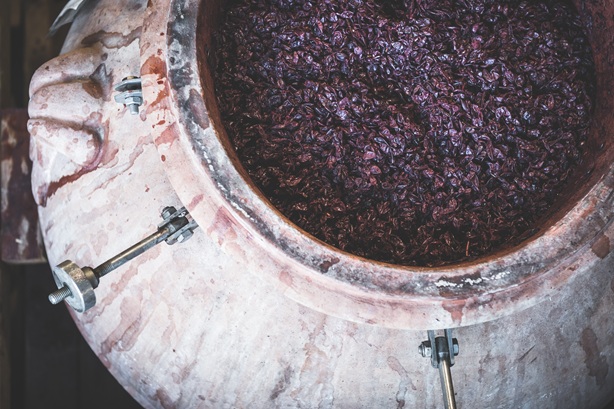
As for the winemaking, Enrico says: “There isn’t much to say about the vinification, because our goal is to intervene as little as possible. After manual harvesting, the grapes are destemmed and crushed, then macerated for several months in amphorae. Once fermentation is complete, the amphora is sealed until spring. Around May, the wine is racked and transferred to cement vats for a few months of natural clarification – avoiding influences from other materials like wood. After bottling, the wine rests for at least six months before release.”
This method gives the wine a distinctive personality, revealing more pronounced vegetal notes compared to traditionally vinified Nebbiolos, where fruit typically takes centre stage.
“It’s a wine I’d naturally recommend to a younger audience, but really it’s for anyone curious enough to challenge preconceived notions of what Nebbiolo should be. I’d pair it with anything – or nothing at all. It has the simplicity to match any dish yet demands thoughtful contemplation to be appreciated on its own. If I had to describe it as a person, I’d say it’s genuinely provoking – in the best way: honest, unafraid to reveal its true self, without pretences or filters,” Enrico offers.

Even the label (above) tells a provocative and personal story. “I started making this wine in 2014, but for two years it was rejected by the tasting commission because it didn’t meet the typical Nebbiolo profile. As a gut reaction, I decided to use a label my six-year-old daughter had drawn while trying to design the winery logo. It seemed like a cheeky way to represent a wine some said wasn’t even Nebbiolo – and that’s exactly why I chose it.”

 English
English French
French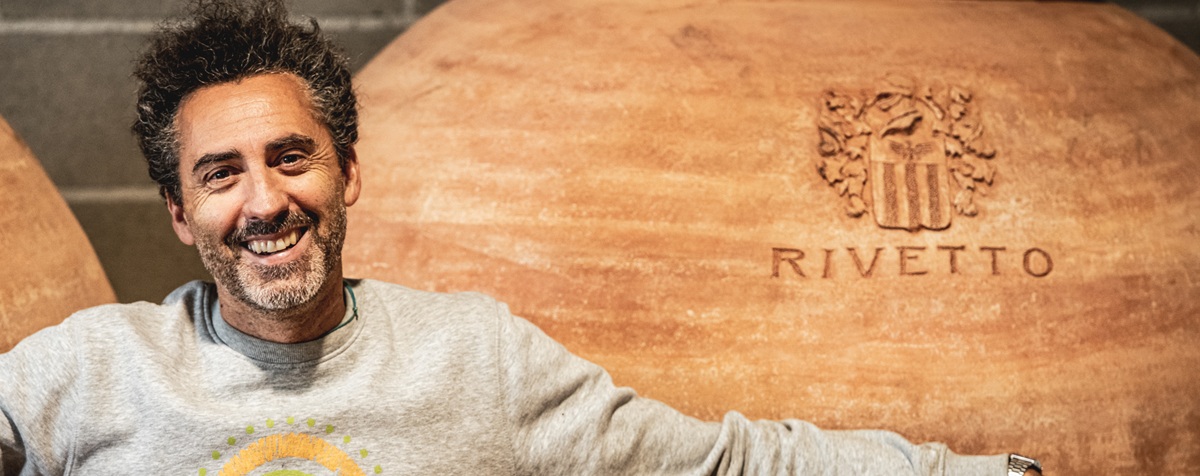

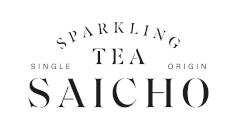

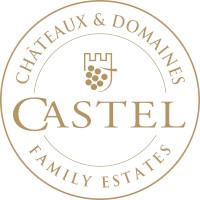


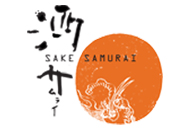
.png)
